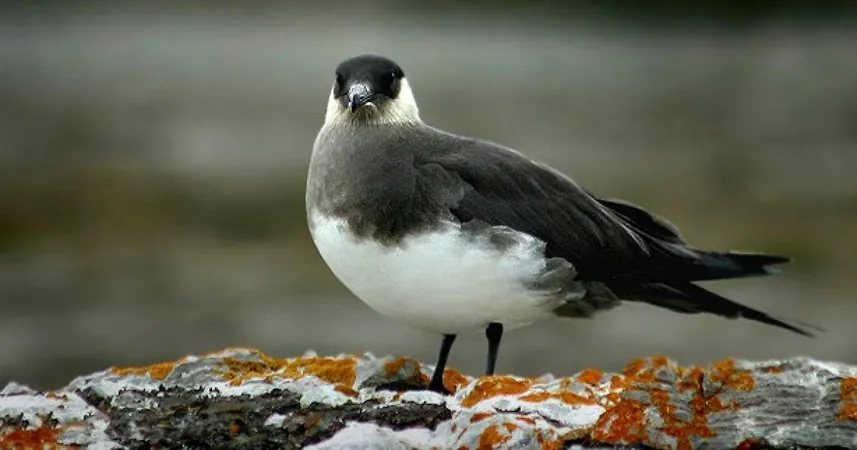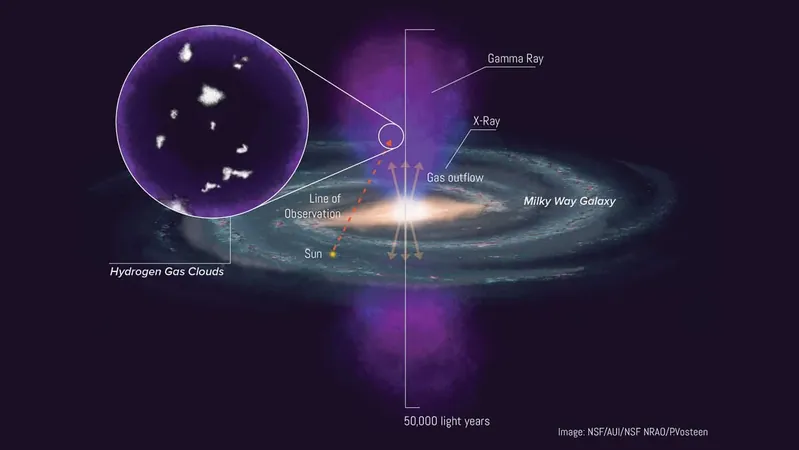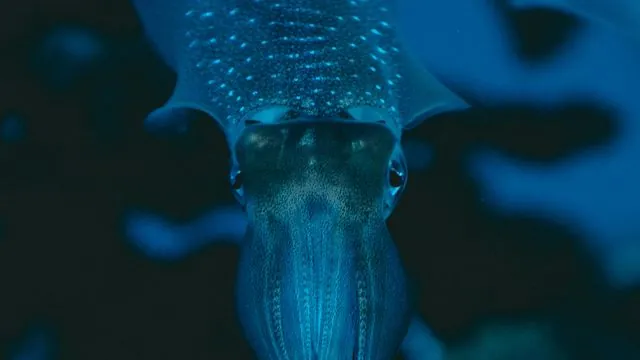
Unveiling the Arctic's Ancient Bird Nesting Secrets: 73 Million Years of Avian History!
2025-06-13
Author: Benjamin
The Astonishing History of Birds in the Arctic
A groundbreaking new study published in *Nature* reveals that birds have been nesting in the Arctic for an astonishing 73 million years, far longer than researchers once believed! This shocking discovery opens a new chapter in our understanding of avian history in one of the planet’s harshest environments.
Fossils from the Ice Age
Scientists delved into over 50 ancient bird fossils unearthed in northern Alaska, shedding light on how some of the earliest ancestors of modern birds either ventured north or adapted to the brutal Arctic conditions during the Mesozoic era—an age synonymous with dinosaurs.
While the Cretaceous Period, the last stretch of the Mesozoic, was warmer than today, the polar regions still faced months shrouded in grim darkness, making survival a daunting task. Yet, these resilient birds paved the way for their descendants, demonstrating remarkable adaptation in what was then a forbidding wilderness.
Timeless Guardians of the Arctic
Today, birds thrive in the Arctic, but what this study uncovers is that their lineage extends back millions of years, even preceding the cataclysmic meteor strike that obliterated non-avian dinosaurs. "Birds have existed for 150 million years," states Lauren Wilson, the lead author at the University of Alaska Fairbanks. "For half of that time, they have been nesting in the Arctic."
A Peek into Prehistoric Avian Life
The research team, led by Wilson, meticulously analyzed a trove of bird fossils, ranging from embryos to hatchlings housed in the collections of the University of Alaska Museum of the North. These fossils came from the Prince Creek Formation, a site famed not only for its bird remains but also for dinosaur discoveries.
By painstakingly examining sediment samples, the researchers made remarkable strides in uncovering various new species, while also unlocking insights into the behavioral and physiological traits of Arctic creatures during the Cretaceous.
A Shift in Perspective
This trailblazing research resets the clock on avian nesting in polar regions by an extraordinary 25 to 30 million years. It suggests essential adaptations such as rapid growth and adept flying skills significantly contributed to birds' resilience and eventual thriving post-Mesozoic.
Lauren Wilson provides an intriguing insight: "The general belief is that these birds were too primitive to display such evolved behaviors. You’re looking at tiny, newly hatched creatures facing Arctic winters, or three-month-olds needing to navigate 2,000 kilometers to find a suitable migration route."
Pat Druckenmiller, the paper's senior author and director of the museum, echoes this sentiment, asserting that the Arctic has become a pivotal nursery for modern birds, illustrating the deep-rooted history of avian life in one of the Earth’s most extreme climates.









 Brasil (PT)
Brasil (PT)
 Canada (EN)
Canada (EN)
 Chile (ES)
Chile (ES)
 Česko (CS)
Česko (CS)
 대한민국 (KO)
대한민국 (KO)
 España (ES)
España (ES)
 France (FR)
France (FR)
 Hong Kong (EN)
Hong Kong (EN)
 Italia (IT)
Italia (IT)
 日本 (JA)
日本 (JA)
 Magyarország (HU)
Magyarország (HU)
 Norge (NO)
Norge (NO)
 Polska (PL)
Polska (PL)
 Schweiz (DE)
Schweiz (DE)
 Singapore (EN)
Singapore (EN)
 Sverige (SV)
Sverige (SV)
 Suomi (FI)
Suomi (FI)
 Türkiye (TR)
Türkiye (TR)
 الإمارات العربية المتحدة (AR)
الإمارات العربية المتحدة (AR)